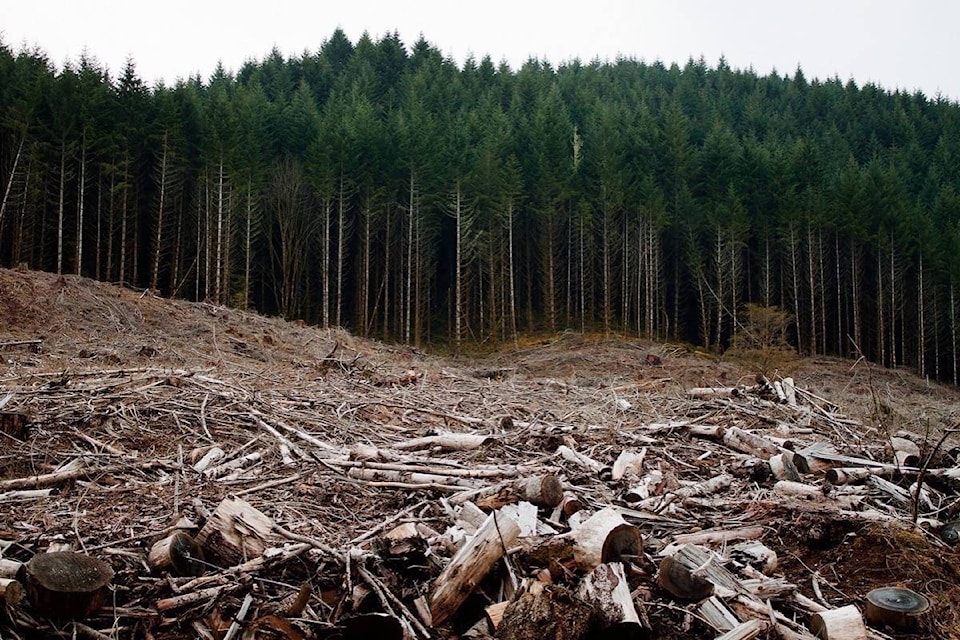New wildfire management plans might soon alleviate longstanding concerns among Burns Lake residents about the wildfire risks posed by too much fuel on forest floors.
The fuel worries have been expressed several times since February at community meetings convened by the Chinook Community Forest.
LOOK BACK: Clean up the fuel, say Chinook meeting members
LOOK BACK: Chinook Comfor to resume meetings in May
The Village of Burns Lake Community Wildfire Protection Plan and the Burns Lake Community Forest Landscape Level Fire Management Plan have been written up and sent to the BC Wildfire Service for review, Dawn Makarowski, spokesperson for the Ministry of Forests, Lands, Natural Resource Operations and Rural Development (FLNRORD) told Lakes District News.
”Once the plans are approved and the required risk reduction treatments are specified, the Nadina District Manager will amend any landscape constraints, such as visual quality objectives (VQOs) and old growth management areas (OGMAs), to allow for the completion of the planned fuel treatments,” Makarowski explained.
The Nadina District Manager, Brent May showed his willingness to make those amendments in a speech to the Northern Conference for Wildfire Resiliency held April 24-26 in Burns Lake.
READ MORE: Wildfire risks spurring major rethink, conference hears
“I’m not going to have an OGMA, VQO, connectivity corridors, any of that stuff interfere with protecting people and communities,” May said on April 25.
Progress in removing excessive fuel has been hampered by the fact that some areas with large amounts of fuel loading are in OGMAs or in stands with VQO status, such as the hill on the south shore of Burns Lake, where logging is prohibited.
It is hoped that fuel removal can begin in a few months, said Frank Varga, general manager of the Burns Lake Community Forest.
“I feel like we should be able to get in there fairly quickly. I’m on the optimistic side. If everything goes the way I envision, I hope I would have authorization by the beginning of June to move forward [with a treatment plan],” he said.
“We need to remove as much of the dead pine as possible,” said Varga, who added that the area near Boer Mountain would be a target for fuel management.
“That can be done using conventional equipment like skidders [and] forwarders. Some of it might need innovative solutions like winch-assisted equipment or chain-assisted equipment.”
Removing fuel with prescribed burns could also be a possibility, Makarowski said.
“The fuel will either be removed by a prescribed burn, or a combination of fire and mechanical means. The work also depends on a safe weather window for burning. These conditions are unlikely to occur before October.”
Varga pointed out that getting rid of dead timber is only a first step of successful forest management.
“Post-treatment there’s the silviculture piece. What’s going to be the stocking we put there? Probably pine. On the cutblocks, promoting species that are more fire-resistant, like deciduous. Maybe it’s a combination of deploying deciduous and Douglas fir. The combination can create a really visually pleasing hillside as well as a strong long-term fire break.”
Blair McBride
Multimedia reporter
Send Blair an email
Like Lakes District News on Facebook
